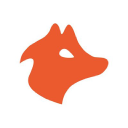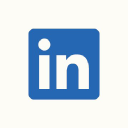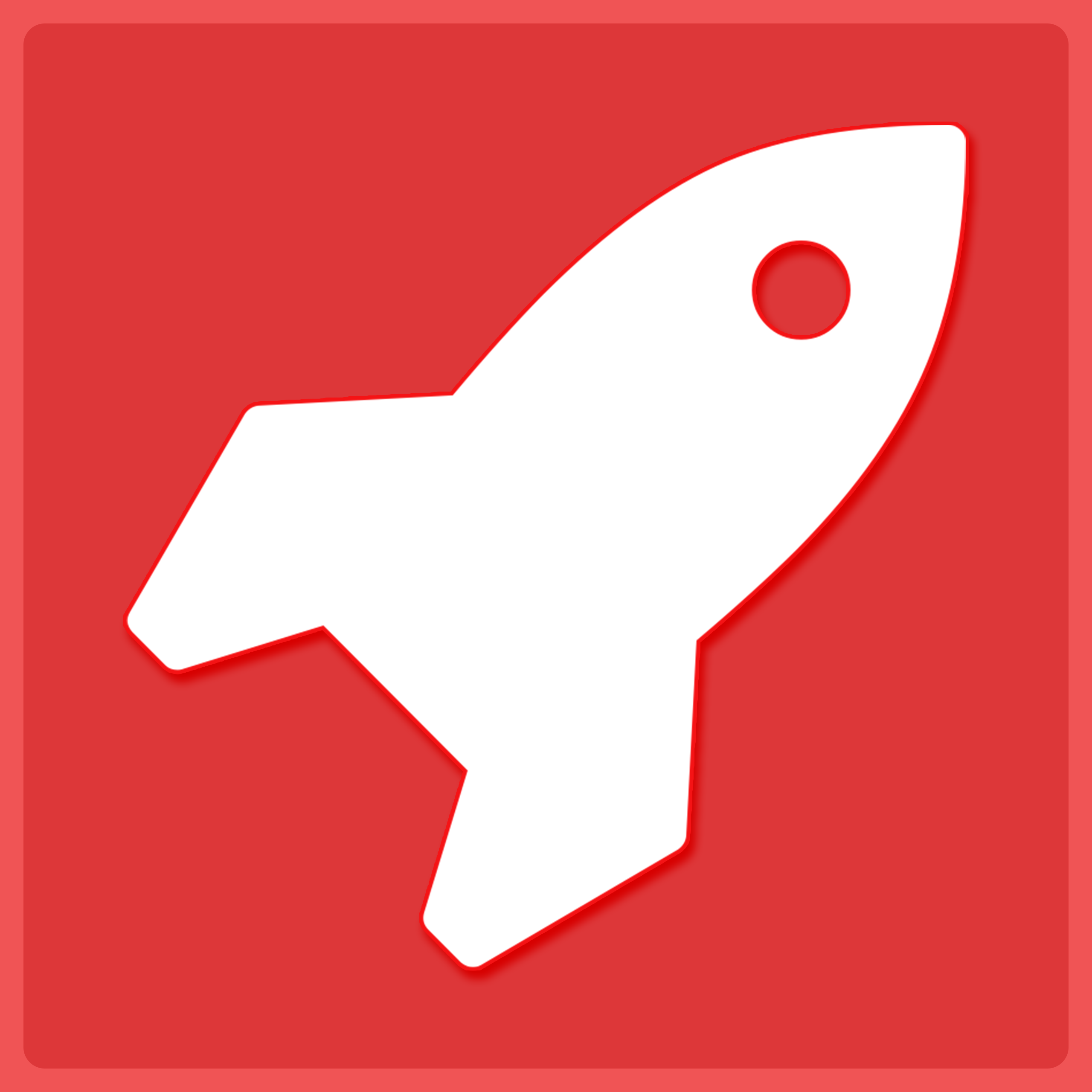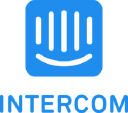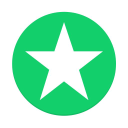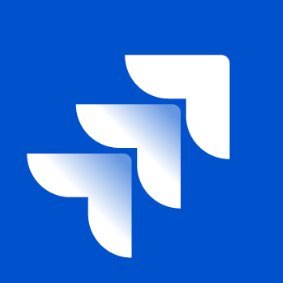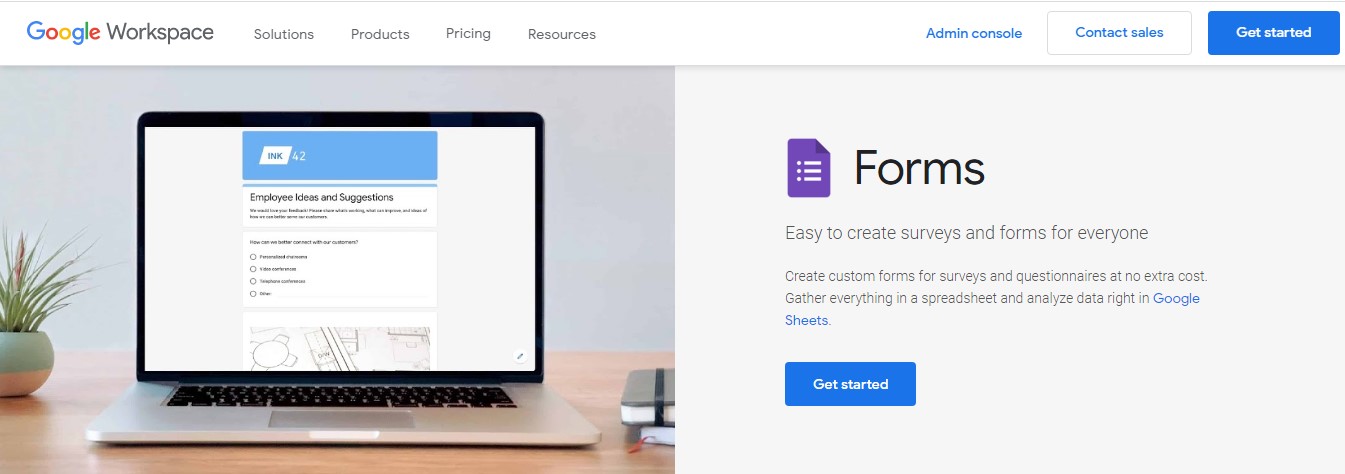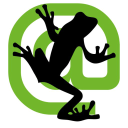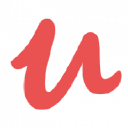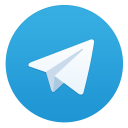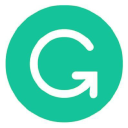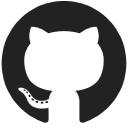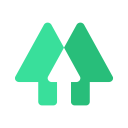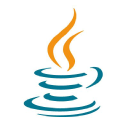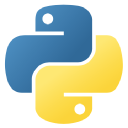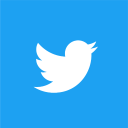How We Developed An Online PDF Editor And Grew It To $500K/Year
Hello! Who are you and what business did you start?
Howdy! My name is Dmytro Serhiiev, and I’m the co-founder of PDFLiner. Our mission is to provide customers with electronic document management. PDFLiner is a platform for working with PDF files (creating and editing files, adding electronic signatures, filling out forms), a security sharing documents system (document sharing, locking and unlocking PDFs), and an electronic document management system (cloud storage, form catalogs, PDF conversions).
Many of our leading clients are US taxpayers who use the platform’s ready-to-fill tax forms to fill out and sign documents electronically quickly.
I launched PDFLiner in June 2020. We reached $1K MMR in December 2020, then $10K MMR in 2021, and we are now doing over $40K MRR and are on track to do $500K ARR this year.

What's your backstory and how did you come up with the...
Sorry, you need to login and/or become a member to view the rest of this content.
 Free Download
163 Million Dollar Solopreneur Business Ideas
Free Download
163 Million Dollar Solopreneur Business IdeasDownload the report and join our email newsletter packed with business ideas and money-making opportunities, backed by real-life case studies.
Get The Report
 Free Download
163 Million Dollar Solopreneur Business Ideas
Free Download
163 Million Dollar Solopreneur Business IdeasDownload the report and join our email newsletter packed with business ideas and money-making opportunities, backed by real-life case studies.
Get The Report
 Free Download
163 Million Dollar Solopreneur Business Ideas
Free Download
163 Million Dollar Solopreneur Business IdeasDownload the report and join our email newsletter packed with business ideas and money-making opportunities, backed by real-life case studies.
Get The Report
 Free Download
163 Million Dollar Solopreneur Business Ideas
Free Download
163 Million Dollar Solopreneur Business IdeasDownload the report and join our email newsletter packed with business ideas and money-making opportunities, backed by real-life case studies.
Get The Report
 Free Download
163 Million Dollar Solopreneur Business Ideas
Free Download
163 Million Dollar Solopreneur Business IdeasDownload the report and join our email newsletter packed with business ideas and money-making opportunities, backed by real-life case studies.
Get The Report
 Free Download
163 Million Dollar Solopreneur Business Ideas
Free Download
163 Million Dollar Solopreneur Business IdeasDownload the report and join our email newsletter packed with business ideas and money-making opportunities, backed by real-life case studies.
Get The Report
 Free Download
163 Million Dollar Solopreneur Business Ideas
Free Download
163 Million Dollar Solopreneur Business IdeasDownload the report and join our email newsletter packed with business ideas and money-making opportunities, backed by real-life case studies.
Get The Report
 Free Download
163 Million Dollar Solopreneur Business Ideas
Free Download
163 Million Dollar Solopreneur Business IdeasDownload the report and join our email newsletter packed with business ideas and money-making opportunities, backed by real-life case studies.
Get The Report
More Business Ideas Like This

Download the report and join our email newsletter packed with business ideas and money-making opportunities, backed by real-life case studies.

Download the report and join our email newsletter packed with business ideas and money-making opportunities, backed by real-life case studies.

Download the report and join our email newsletter packed with business ideas and money-making opportunities, backed by real-life case studies.

Download the report and join our email newsletter packed with business ideas and money-making opportunities, backed by real-life case studies.

Download the report and join our email newsletter packed with business ideas and money-making opportunities, backed by real-life case studies.

Download the report and join our email newsletter packed with business ideas and money-making opportunities, backed by real-life case studies.

Download the report and join our email newsletter packed with business ideas and money-making opportunities, backed by real-life case studies.

Download the report and join our email newsletter packed with business ideas and money-making opportunities, backed by real-life case studies.


